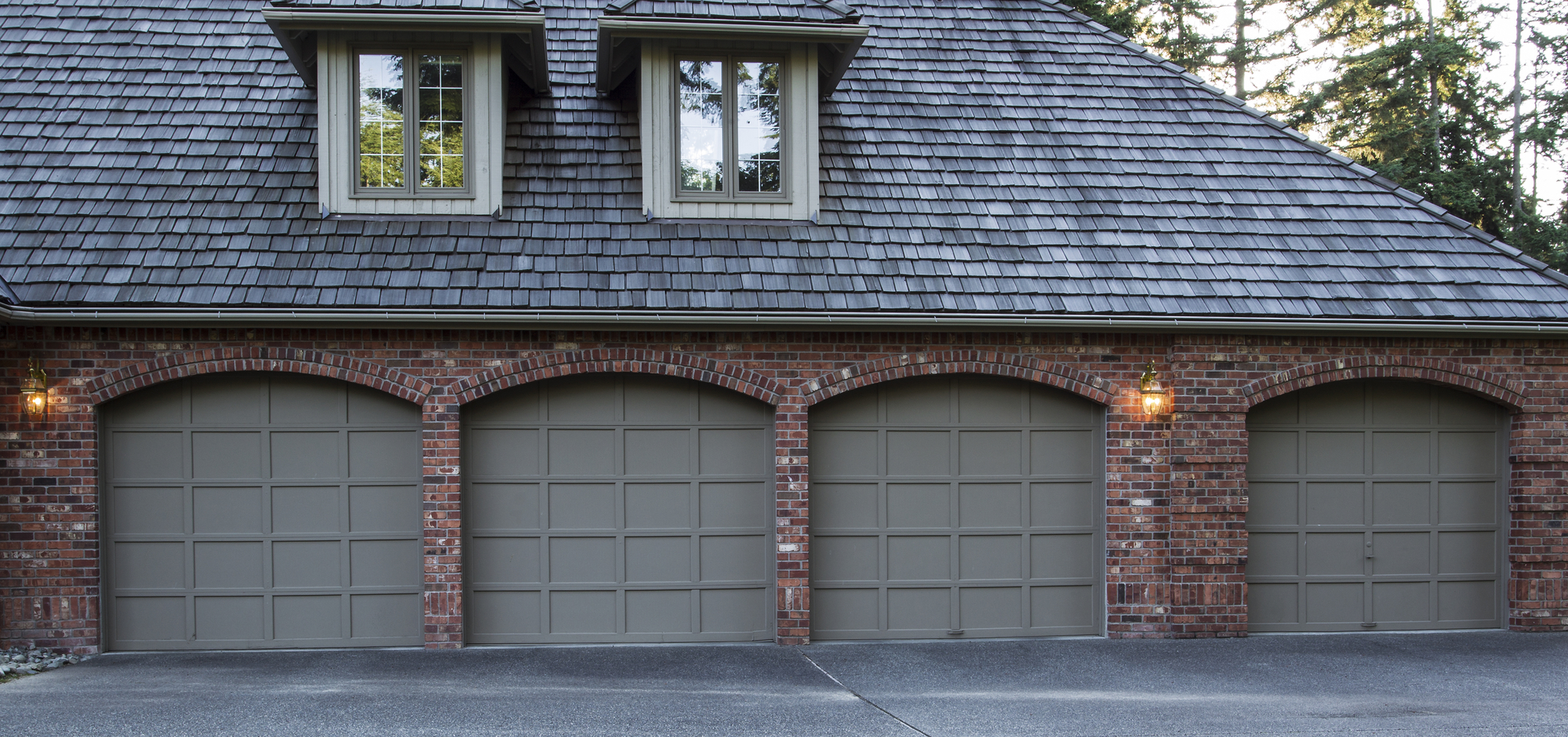
The Importance of Preparing for a Hurricane
July 15, 2019
The Various Types of Garage Door Materials to Choose From
July 23, 2019Nothing lasts forever, even your garage door parts! While your garage is meant to last you up to 15 years of service, garage door parts may not last nearly as long. This is why continued routine garage door maintenance is important. But, if you haven’t been maintaining your garage door with routine checkups or your garage door isn’t working as well as is once did, you may find yourself needing garage door repair. However, you may not know which part of your garage door system is at fault. One of the most common reasons for garage door function failure is a problem with garage door springs. And, once you know that this is the root of your problem, you’ll have to know the protocol for changing garage door springs. In this article, we address common issues with garage door springs, how to recognize these issues, and what to do to go about fixing these issues.
The Different Types of Garage Door Springs
If in fact, you are experiencing a garage door issue due to springs, you’ll need to determine the types your garage uses before changing garage door springs. There are two different types of garage door springs that include:
Extension Springs: These types of springs are located above the garage door tracks from the inside of your garage. Basically, these springs are responsible for balancing the garage door, so it’s evenly weighted from both sides on the track. And, absorb the weight of the pulled garage so that the garage door can be utilized in the future.
Torsion Springs: Rather than offering extension like the extension spring, the torsion spring offers support. These springs are located above your garage door and expand and contract as the garage door opens and closes.
Basically, you’ll have either extension springs on either side of your garage door or one torsion spring. So, you can identify which type you have relatively easily.
Signs of Garage Door Spring Issues
There are a number of ways you can check to see if you need to change your garage door springs or not. Typically, these signs are pretty easily recognized, as they will affect the function of your garage door. Some symptoms that can tell you that you may be experiencing garage door spring issues include:
Loud Noises: Is your garage door squeaking when it opens or closes? In many cases, this is the result of a rusting or damaged spring. While squeaks and sounds may occur with any garage door system, if yours seems to just be getting louder and louder, it may be time to check out the issue before things get worse.
Slowing Down: If your garage is still opening and closing, but has slowed down immensely, this could be due to an issue with garage door springs. Whether they’re broken, cracking, or rusting, these issues can impair the spring’s ability to extend or support the weight of your garage door.
Visual Differences: Do you visually see that your springs look different? Are they rusting or are there any cracks? If there is visually anything wrong with your garage door springs, it’s best to get the issue addressed immediately.
Why You Shouldn’t Consider Changing Garage Door Springs Yourself
It’s important to remember that your garage door isn’t light. So, when a spring loses all the ability to support your garage door, it could fall and jeopardize your and your family member’s safety. Furthermore, being near a snapping cable can even turn to be deadly. So, unless you’re a professional or have experience in changing garage door springs, we suggest that you let the professionals handle this task.
If you’re looking for a garage door specialist to help repair or replace your garage door springs in South Florida, we are “At Your Service”! Contact us for a free, no-obligation and same-day emergency garage door spring repair!



